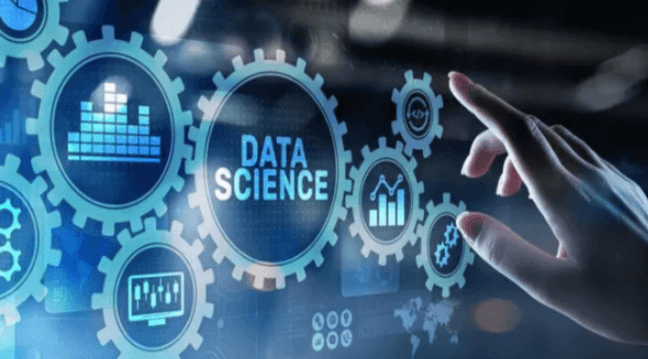How are edge computing and IoT converging to reshape data processing and real-time analytics?

Introduction
The convergence of edge computing and the Internet of Things (IoT) is transforming the landscape of data processing and real-time analytics. This synergy is enhancing efficiency, reducing latency, and enabling smarter decision-making. Let’s delve into how these technologies are reshaping industries and driving innovation.
Understanding Edge Computing
Edge computing refers to processing data closer to the source, minimizing the need for centralized data centers. This proximity allows for faster data processing and reduced latency, which is crucial for real-time applications.
Role of IoT in Modern Technology
The Internet of Things (IoT) connects devices, enabling them to communicate and exchange data. IoT devices generate vast amounts of data, necessitating efficient processing to extract actionable insights.
Convergence of Edge Computing and IoT
The integration of edge computing with IoT is pivotal in managing the deluge of data produced by connected devices. This convergence allows for enhanced data processing capabilities, improving responsiveness and decision-making.
Benefits of Convergence
- Reduced Latency: By processing data near the source, edge computing minimizes delays, which is critical for applications requiring instant feedback.
- Enhanced Security: Data processed locally reduces the risk of breaches during transmission to centralized servers.
- Cost Efficiency: Reducing the need for bandwidth and cloud storage lowers operational costs.
Real-Time Analytics and Decision-Making
Real-time analytics powered by edge computing and IoT enables immediate data analysis, allowing businesses to make swift, informed decisions. This capability is crucial in sectors like healthcare and manufacturing, where timely responses are vital.
Impact on Various Industries
- Healthcare: Real-time patient monitoring and data analysis improve care quality and response times.
- Manufacturing: Predictive maintenance and process optimization lead to reduced downtime and enhanced productivity.
- Retail: Personalized customer experiences and inventory management are enhanced through data-driven insights.
Challenges in Integration
Despite the benefits, integrating edge computing and IoT poses challenges such as interoperability, data management, and security concerns. Addressing these issues is crucial for maximizing the potential of these technologies.
Future Trends and Innovations
The continued evolution of edge computing and IoT will likely lead to more sophisticated applications, such as autonomous vehicles and smart cities, further transforming how data is processed and analyzed.
Conclusion
The convergence of edge computing and IoT is revolutionizing data processing and real-time analytics, providing numerous benefits across various industries. As these technologies continue to evolve, they will play a crucial role in shaping the future of data-driven decision-making.
FAQs
How does edge computing improve IoT performance?
Edge computing processes data closer to IoT devices, reducing latency and enhancing performance.
What industries benefit most from edge computing and IoT convergence?
Healthcare, manufacturing, and retail are among the industries benefiting from improved real-time analytics and decision-making.
What are the security implications of edge computing in IoT?
Processing data locally reduces transmission risks, enhancing overall security.
How does real-time analytics impact business operations?
It allows businesses to make immediate, informed decisions, improving efficiency and responsiveness.
What challenges exist in integrating edge computing and IoT?
Challenges include interoperability, data management, and ensuring robust security measures.
What future innovations can we expect from this convergence?
Advancements in autonomous vehicles, smart cities, and more sophisticated data processing applications.






